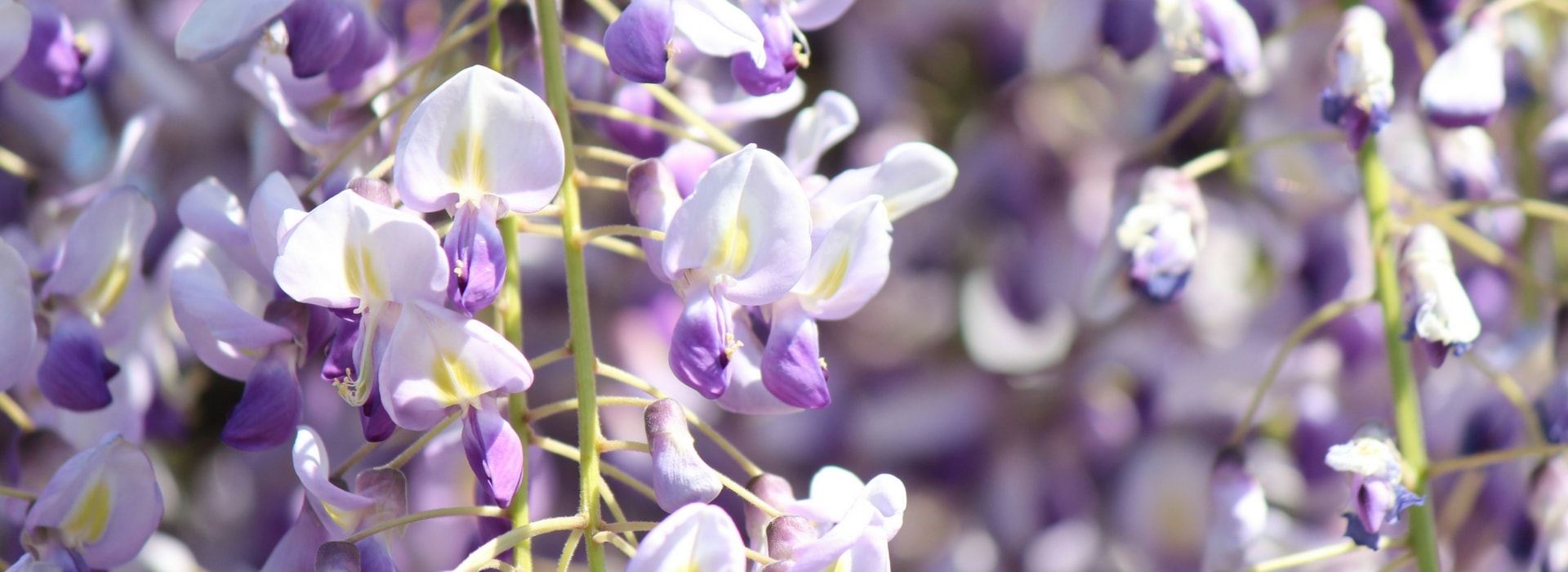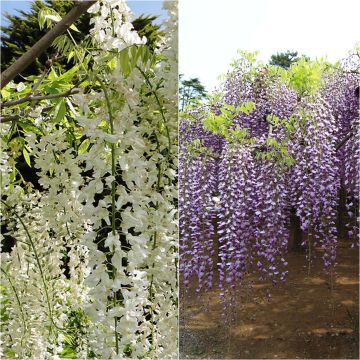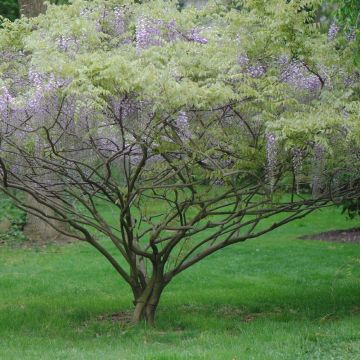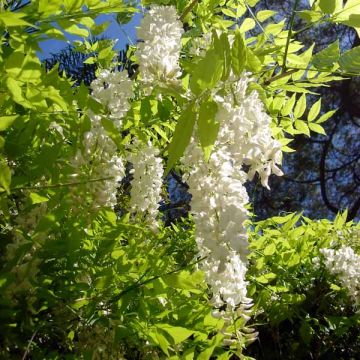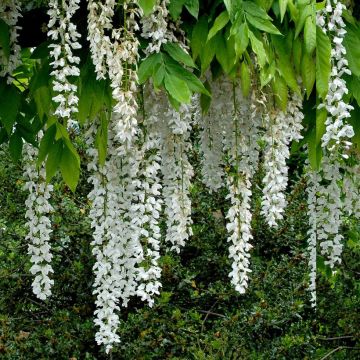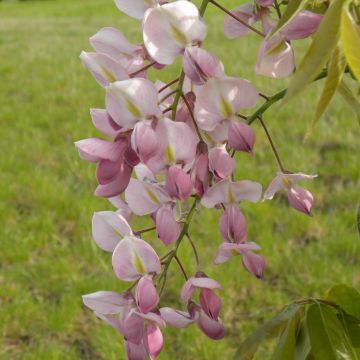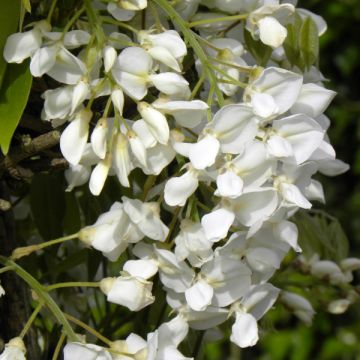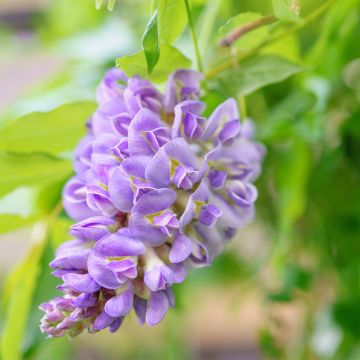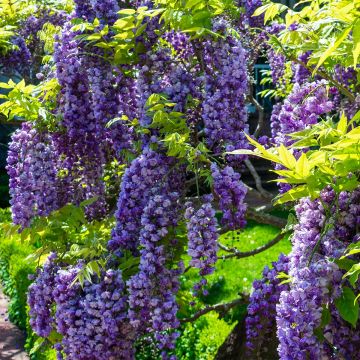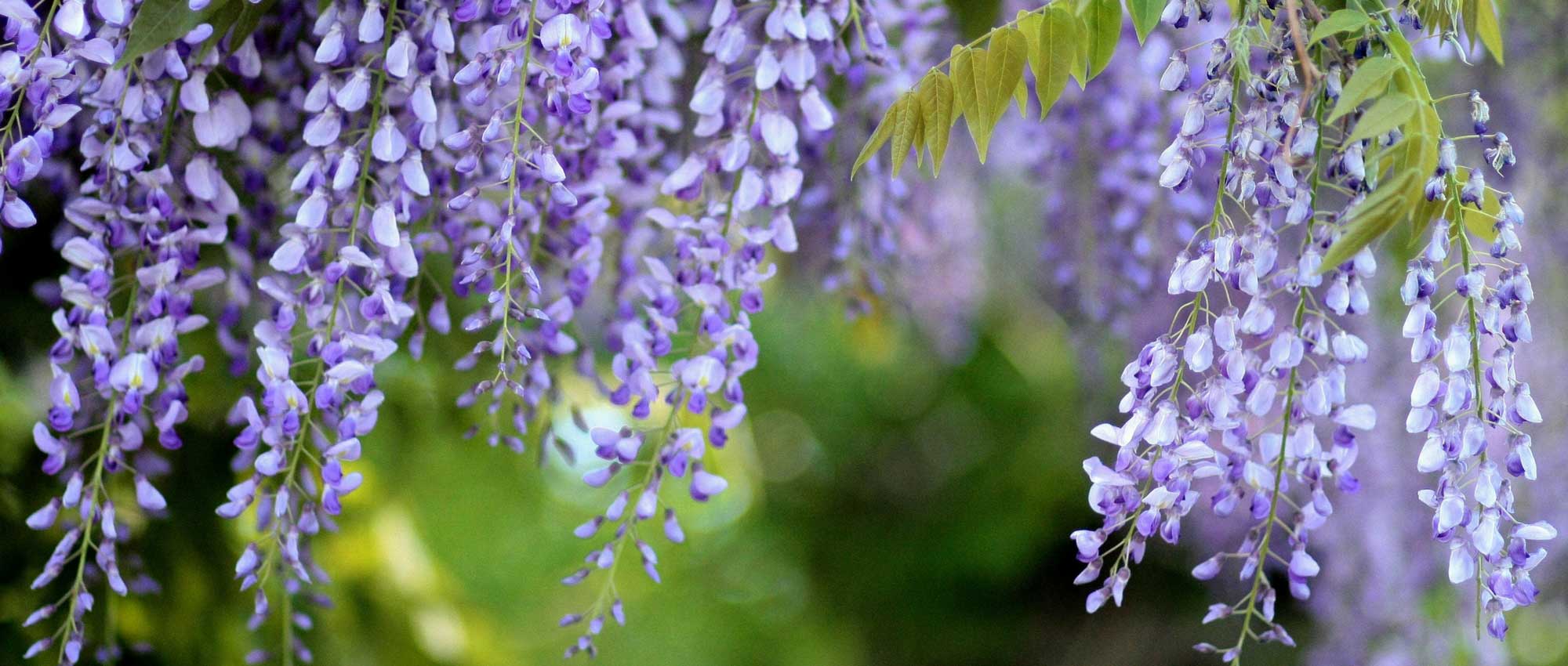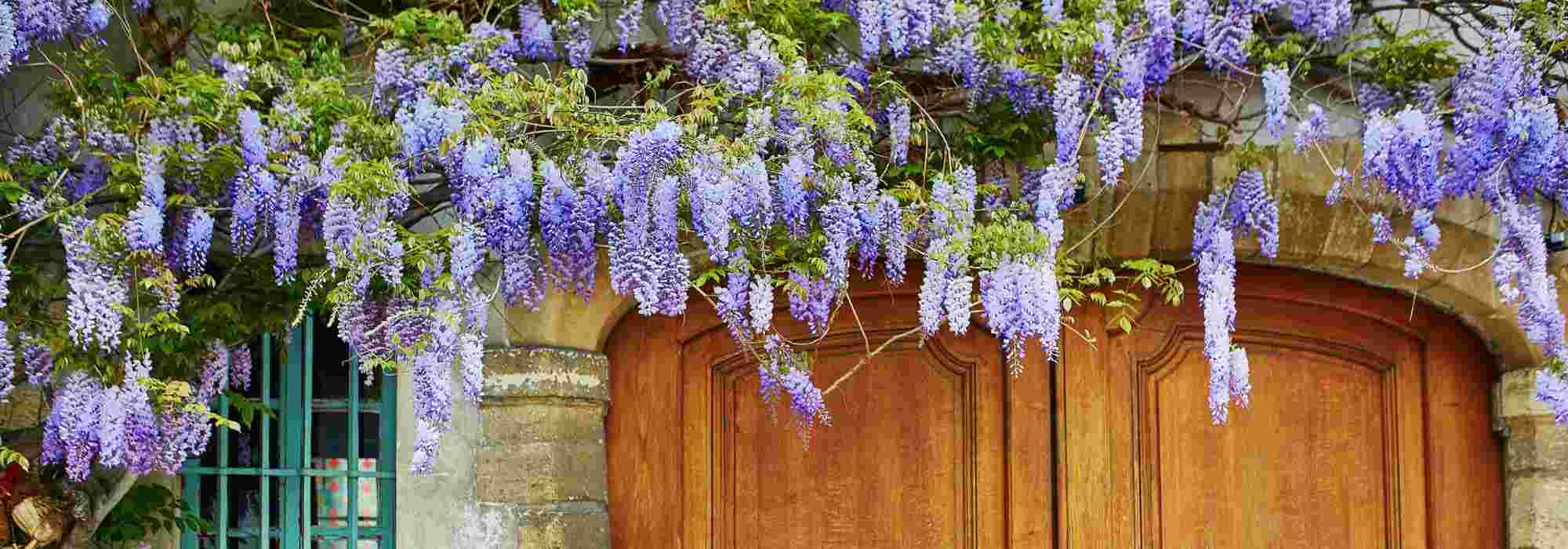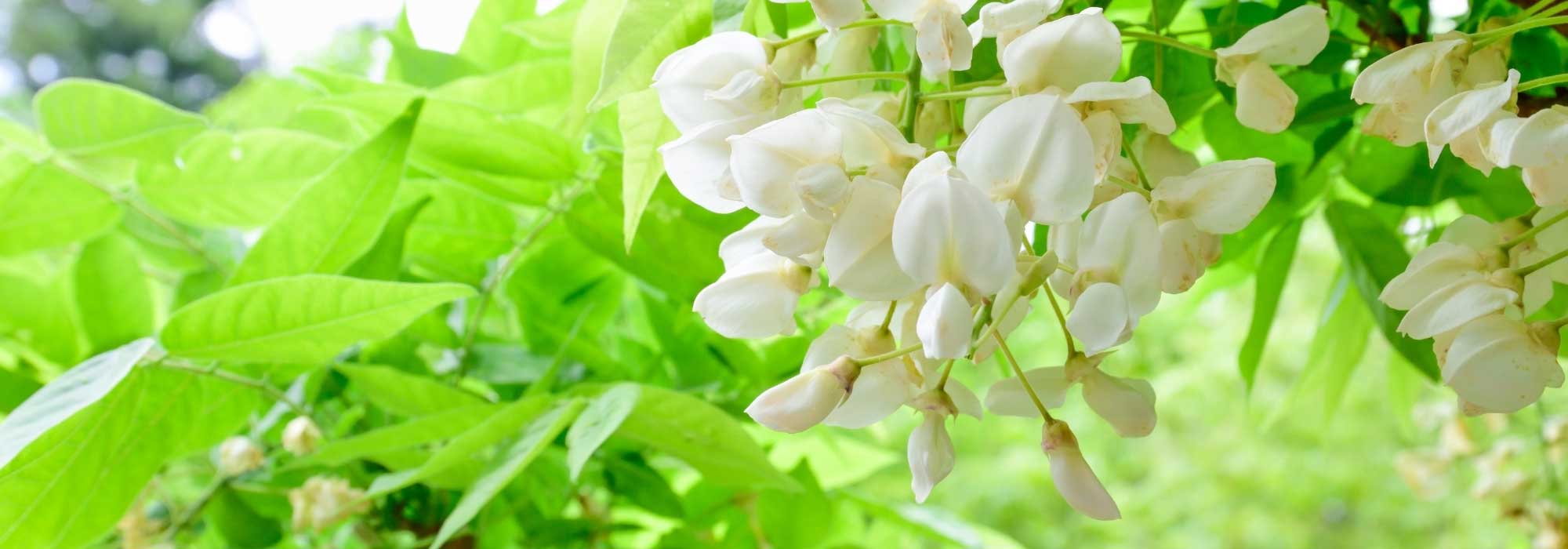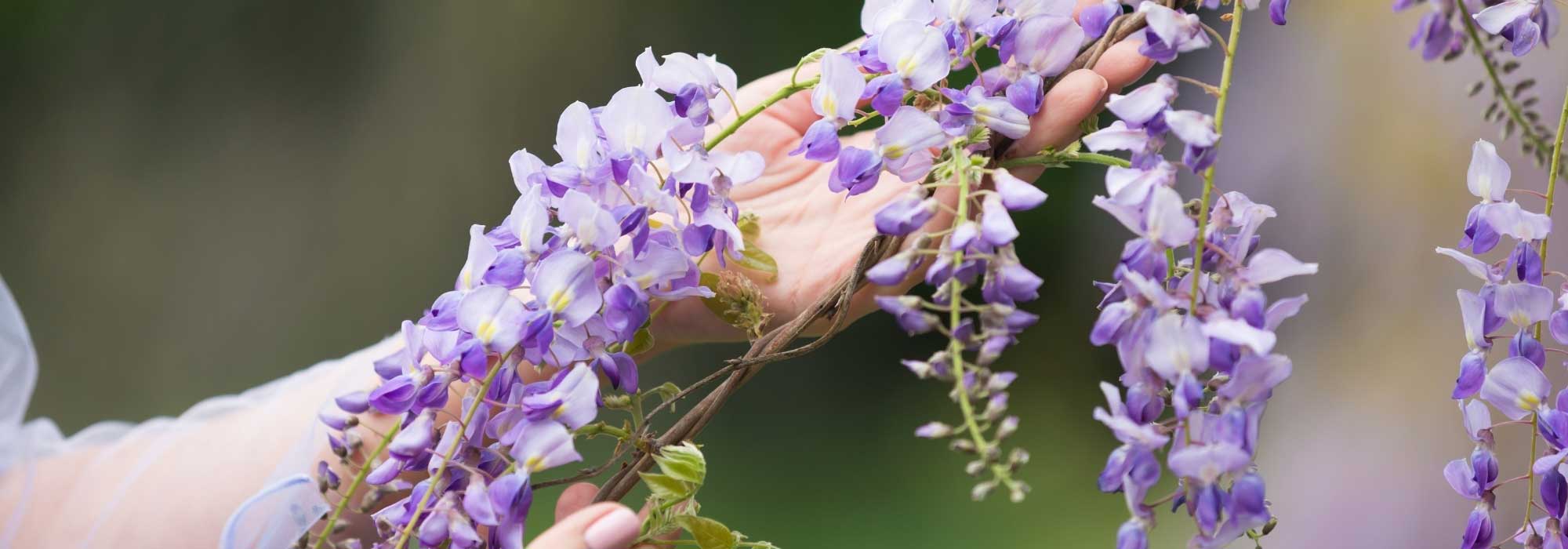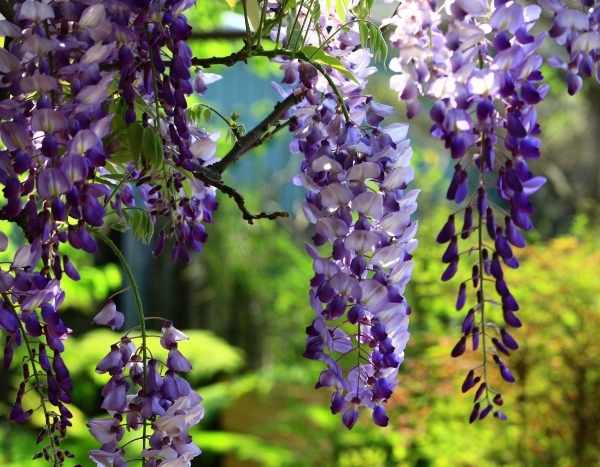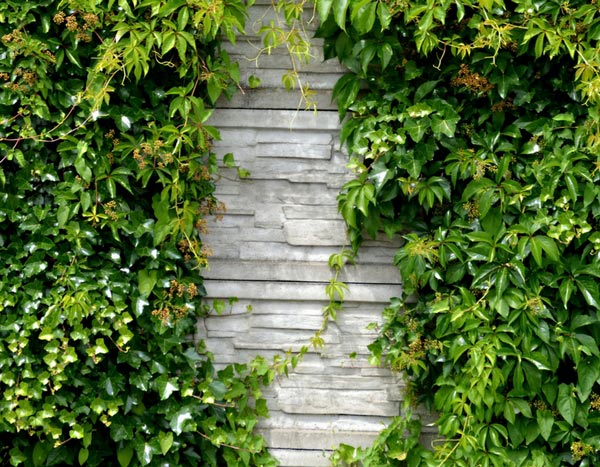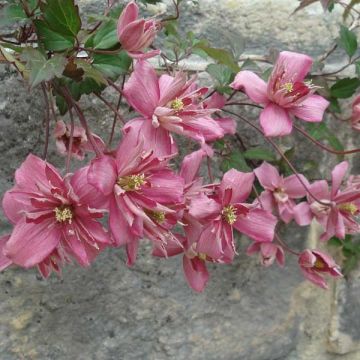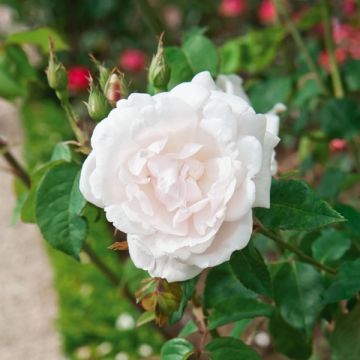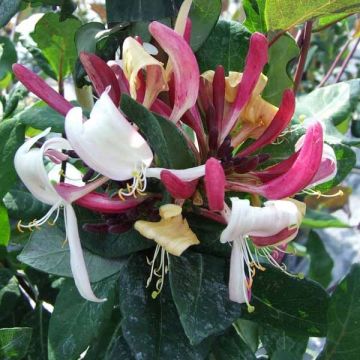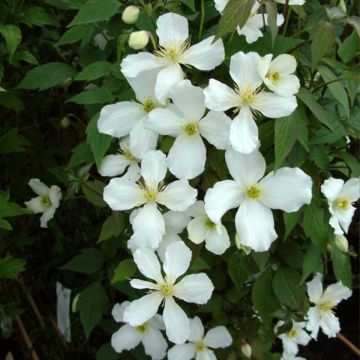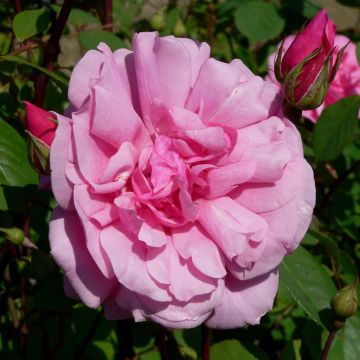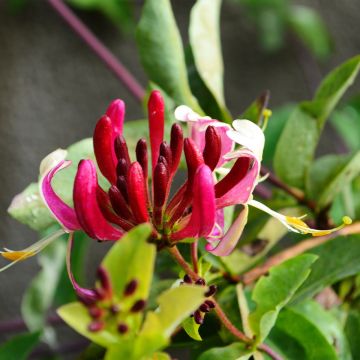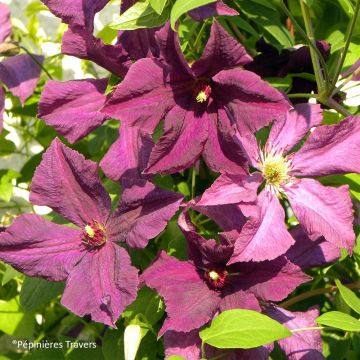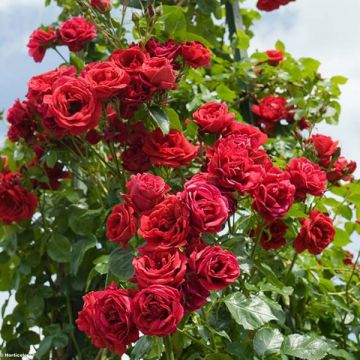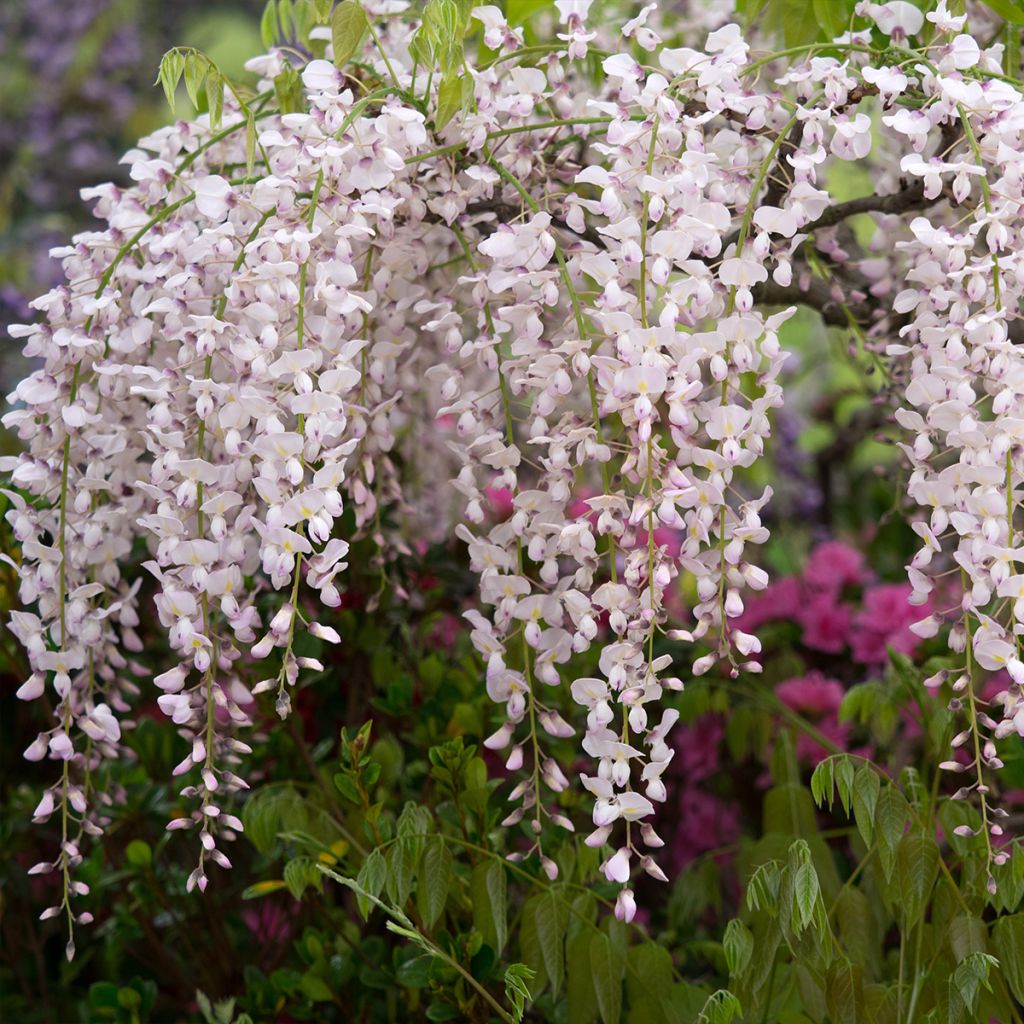

Wisteria floribunda Lipstick
Wisteria floribunda Lipstick
Wisteria floribunda Lipstick
Japanese Wisteria
Special offer!
Receive a €20 voucher for any order over €90 (excluding delivery costs, credit notes, and plastic-free options)!
1- Add your favorite plants to your cart.
2- Once you have reached €90, confirm your order (you can even choose the delivery date!).
3- As soon as your order is shipped, you will receive an email containing your voucher code, valid for 3 months (90 days).
Your voucher is unique and can only be used once, for any order with a minimum value of €20, excluding delivery costs.
Can be combined with other current offers, non-divisible and non-refundable.
Home or relay delivery (depending on size and destination)
Schedule delivery date,
and select date in basket
This plant carries a 6 months recovery warranty
More information
We guarantee the quality of our plants for a full growing cycle, and will replace at our expense any plant that fails to recover under normal climatic and planting conditions.
Would this plant suit my garden?
Set up your Plantfit profile →
Description
Wisteria floribunda Lipstick is a beautiful variety of Japanese wisteria, which is vigorous, floriferous and fragrant. It offers an abundance of long clusters of pastel flowers washed with light mauve pink and tinged with purple on a creamy white background in late spring. They bloom among its young pale green foliage. Its development, moderate compared to its gigantic cousin the Chinese wisteria (Wisteria sinensis), is an asset in gardens of moderate size. This variety, magnificent on a pergola or a trellis, can easily be trained as a bush.
The Japanese wisteria Lipstick is sometimes marketed under the names Kuchi-Beni, Carnea or Peaches and Cream. It comes from the Wisteria floribunda, native to Japan. All these plants belong to the Fabaceae family. 'Lipstick', like its ancestor, is a robust plant, resistant to cold, not very demanding in terms of soil (although it doesn't like excess limestone), and capable of growing in poor and dry soils in summer if they are deep. Its roots are deep and trailing.
The twining stems of this Lipstick wisteria reach about 6-7m (20-23ft) in length and wrap spontaneously around supports in a clockwise direction. The growth of new shoots is very rapid, about 2m (7ft) in the space of one season in moist soil. Flowering takes place a little after that of the Chinese wisterias, in May-June, on plants aged 3 years and older. It develops on already leafy branches located not far from the main lignified stems. It takes the form of pendulous clusters of butterfly-like flowers, measuring up to 45cm (18in) in length. The flowers open successively, from the base to the tip of the cluster. After the flowers, pendulous, flat and green pods appear, turning brown when ripe. The young green-grey leaves appear before flowering and then take on a light green colour. They are 20 to 30cm (8 to 12in) long and divided into 13 to 15 ovate leaflets, giving the foliage a light appearance. Before falling in autumn, the leaves take on a beautiful golden colour. Very durable, the Lipstick Wisteria can live well over 50 years. Its flowers are nectar-rich.
The 'Lipstick' Japanese wisteria is a very romantic plant, a queen in the realm of climbing plants capable of transforming many vertical surfaces. This graceful and lively plant is particularly useful for dressing up a wall or covering an unsightly fence. It wraps itself around a trellis or the branches of a bush without restraint if left to its own devices and tends to smother surrounding plants. It prefers a solitary situation, in full sun or partial shade in a warm climate. Or associate it with vigorous honeysuckles, clematis or climbing roses.
Wisteria floribunda Lipstick in pictures
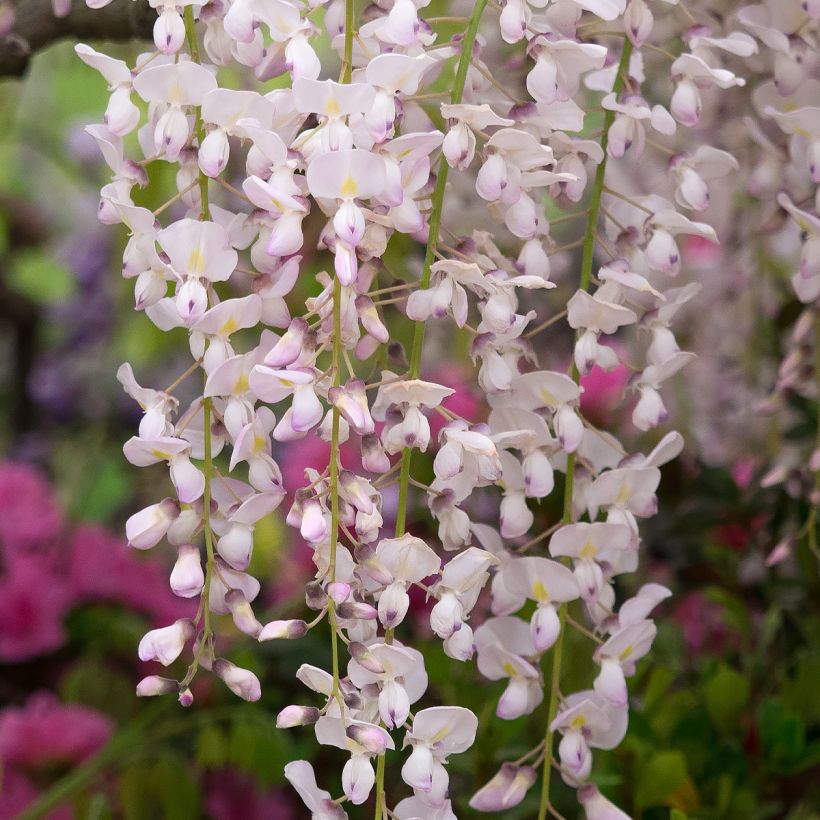

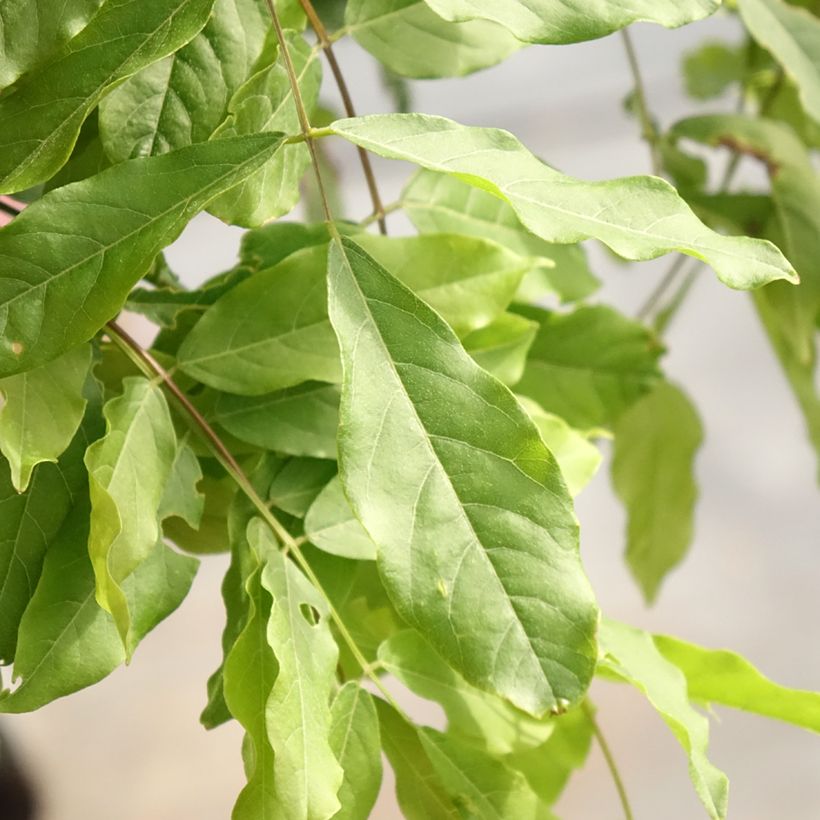

Plant habit
Flowering
Foliage
Safety measures
Botanical data
Wisteria
floribunda
Lipstick
Fabaceae
Japanese Wisteria
Cultivar or hybrid
ingestion
Cette plante est toxique si elle est ingérée volontairement ou involontairement.
Ne la plantez pas là où de jeunes enfants peuvent évoluer, et lavez-vous les mains après l'avoir manipulée.
Pensez à conserver l'étiquette de la plante, à la photographier ou à noter son nom, afin de faciliter le travail des professionnels de santé.
Davantage d'informations sur https://plantes-risque.info
Other Wisterias
View all →Planting and care
The Japanese Lipstick Wisteria is an easy-to-grow plant in all regions, as long as the soil it is planted in is sufficiently deep. It can grow in any garden soil, with a preference for poor soils. However, it prefers an acidic to neutral soil and may wither in overly alkaline soil. Once established, it can withstand summer drought and does not require any watering, even in the Mediterranean. Plant it along a wall or train it on a pergola. Pruning is recommended to promote better flowering: in March-April, after the last frost, when the buds have appeared, cut back the current year's branches to two or three buds and remove weak branches. Formative pruning should be done in August. To improve the hardiness of Wisteria floribunda, which is already quite good, plant it in well-draining soil and train it against a south-facing wall to help it withstand very harsh winters more easily.
Wisterias can be trained into tree forms by growing them on a "parasol" stake measuring 1.5 to 2m (5 to 7ft), or they can be used as ground cover in a large wild garden.
Planting period
Intended location
Care
Planting & care advice
This item has not been reviewed yet - be the first to leave a review about it.
Similar products
Haven't found what you were looking for?
Hardiness is the lowest winter temperature a plant can endure without suffering serious damage or even dying. However, hardiness is affected by location (a sheltered area, such as a patio), protection (winter cover) and soil type (hardiness is improved by well-drained soil).

Photo Sharing Terms & Conditions
In order to encourage gardeners to interact and share their experiences, Promesse de fleurs offers various media enabling content to be uploaded onto its Site - in particular via the ‘Photo sharing’ module.
The User agrees to refrain from:
- Posting any content that is illegal, prejudicial, insulting, racist, inciteful to hatred, revisionist, contrary to public decency, that infringes on privacy or on the privacy rights of third parties, in particular the publicity rights of persons and goods, intellectual property rights, or the right to privacy.
- Submitting content on behalf of a third party;
- Impersonate the identity of a third party and/or publish any personal information about a third party;
In general, the User undertakes to refrain from any unethical behaviour.
All Content (in particular text, comments, files, images, photos, videos, creative works, etc.), which may be subject to property or intellectual property rights, image or other private rights, shall remain the property of the User, subject to the limited rights granted by the terms of the licence granted by Promesse de fleurs as stated below. Users are at liberty to publish or not to publish such Content on the Site, notably via the ‘Photo Sharing’ facility, and accept that this Content shall be made public and freely accessible, notably on the Internet.
Users further acknowledge, undertake to have ,and guarantee that they hold all necessary rights and permissions to publish such material on the Site, in particular with regard to the legislation in force pertaining to any privacy, property, intellectual property, image, or contractual rights, or rights of any other nature. By publishing such Content on the Site, Users acknowledge accepting full liability as publishers of the Content within the meaning of the law, and grant Promesse de fleurs, free of charge, an inclusive, worldwide licence for the said Content for the entire duration of its publication, including all reproduction, representation, up/downloading, displaying, performing, transmission, and storage rights.
Users also grant permission for their name to be linked to the Content and accept that this link may not always be made available.
By engaging in posting material, Users consent to their Content becoming automatically accessible on the Internet, in particular on other sites and/or blogs and/or web pages of the Promesse de fleurs site, including in particular social pages and the Promesse de fleurs catalogue.
Users may secure the removal of entrusted content free of charge by issuing a simple request via our contact form.
The flowering period indicated on our website applies to countries and regions located in USDA zone 8 (France, the United Kingdom, Ireland, the Netherlands, etc.)
It will vary according to where you live:
- In zones 9 to 10 (Italy, Spain, Greece, etc.), flowering will occur about 2 to 4 weeks earlier.
- In zones 6 to 7 (Germany, Poland, Slovenia, and lower mountainous regions), flowering will be delayed by 2 to 3 weeks.
- In zone 5 (Central Europe, Scandinavia), blooming will be delayed by 3 to 5 weeks.
In temperate climates, pruning of spring-flowering shrubs (forsythia, spireas, etc.) should be done just after flowering.
Pruning of summer-flowering shrubs (Indian Lilac, Perovskia, etc.) can be done in winter or spring.
In cold regions as well as with frost-sensitive plants, avoid pruning too early when severe frosts may still occur.
The planting period indicated on our website applies to countries and regions located in USDA zone 8 (France, United Kingdom, Ireland, Netherlands).
It will vary according to where you live:
- In Mediterranean zones (Marseille, Madrid, Milan, etc.), autumn and winter are the best planting periods.
- In continental zones (Strasbourg, Munich, Vienna, etc.), delay planting by 2 to 3 weeks in spring and bring it forward by 2 to 4 weeks in autumn.
- In mountainous regions (the Alps, Pyrenees, Carpathians, etc.), it is best to plant in late spring (May-June) or late summer (August-September).
The harvesting period indicated on our website applies to countries and regions in USDA zone 8 (France, England, Ireland, the Netherlands).
In colder areas (Scandinavia, Poland, Austria...) fruit and vegetable harvests are likely to be delayed by 3-4 weeks.
In warmer areas (Italy, Spain, Greece, etc.), harvesting will probably take place earlier, depending on weather conditions.
The sowing periods indicated on our website apply to countries and regions within USDA Zone 8 (France, UK, Ireland, Netherlands).
In colder areas (Scandinavia, Poland, Austria...), delay any outdoor sowing by 3-4 weeks, or sow under glass.
In warmer climes (Italy, Spain, Greece, etc.), bring outdoor sowing forward by a few weeks.






























